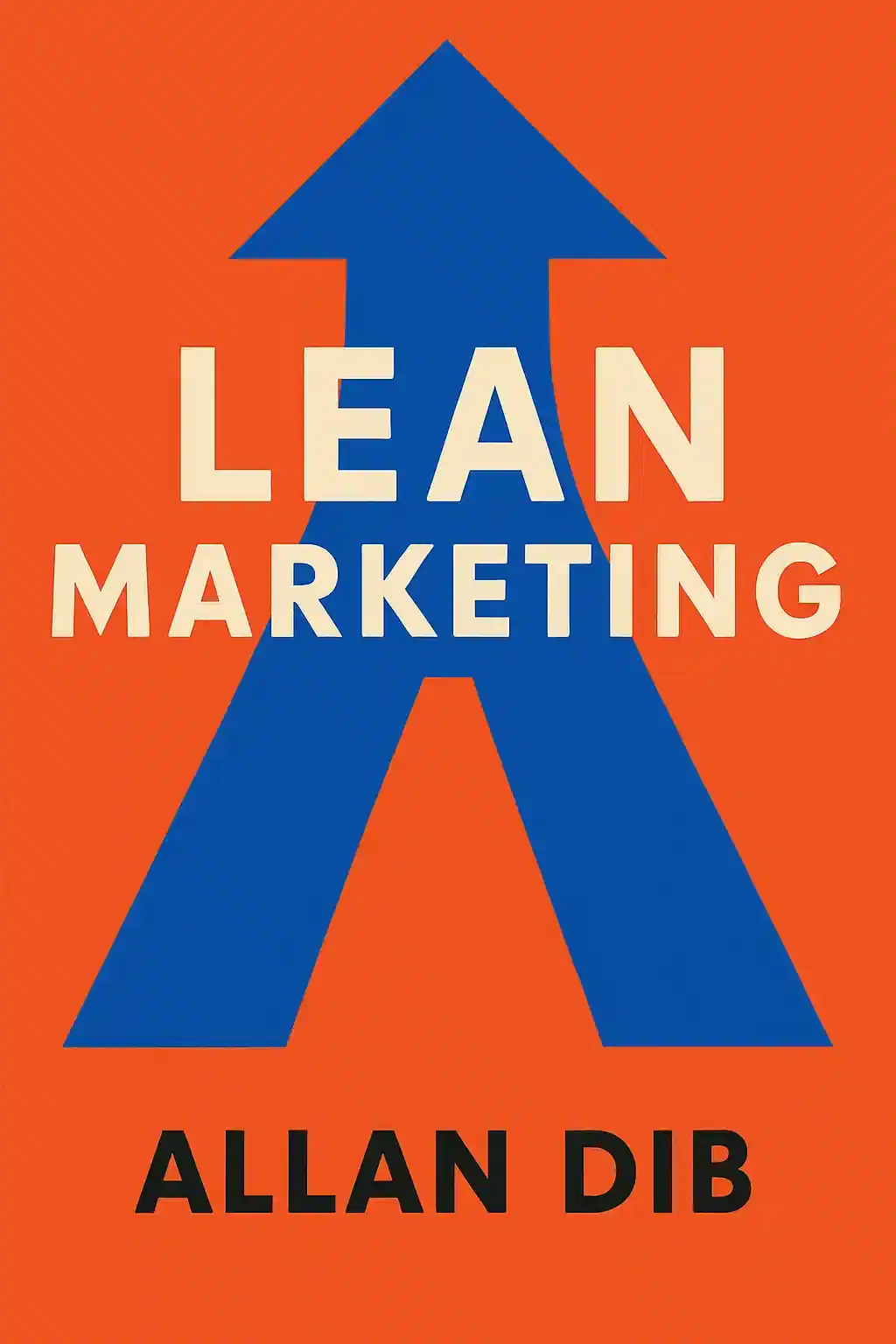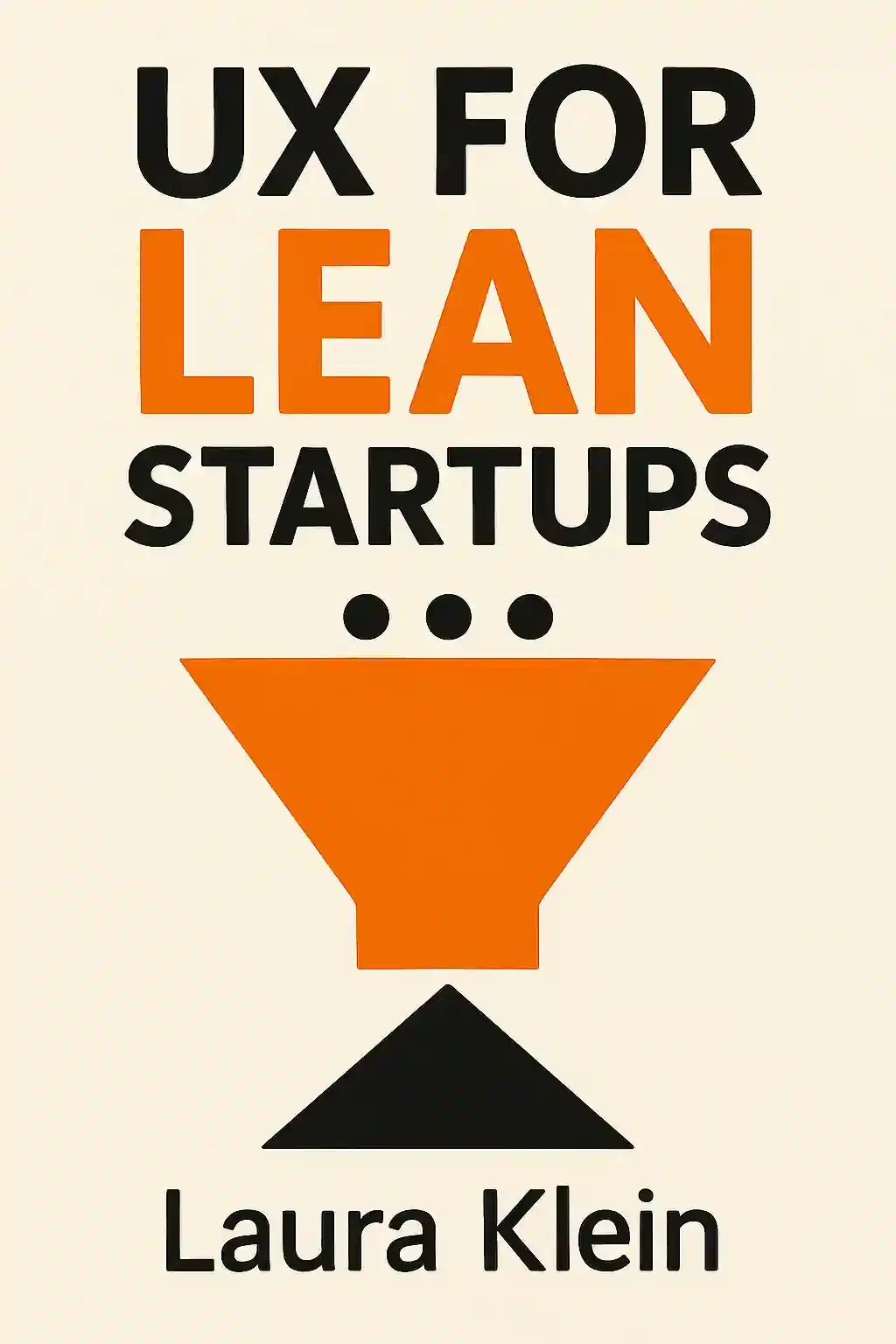What is
Lean Impact by Ann Mei Chang about?
Lean Impact applies Silicon Valley's lean startup methodology to social innovation, offering strategies to maximize scalable, ethical solutions for global challenges. Ann Mei Chang combines rapid iteration, community involvement, and audacious goal-setting to help nonprofits and social enterprises achieve transformative change. Key themes include balancing ethical testing with vulnerable populations and prioritizing local input over top-down solutions.
Who should read
Lean Impact?
This book is essential for social entrepreneurs, nonprofit leaders, and policymakers seeking data-driven frameworks to amplify impact. It’s equally valuable for tech professionals transitioning to social sectors, offering practical tools like Minimum Viable Products (MVPs) adapted for ethical constraints.
Is
Lean Impact worth reading?
Yes—it bridges Silicon Valley efficiency and social sector missions with actionable insights. Chang’s case studies (e.g., solar lighting initiatives, orangutan conservation) demonstrate how lean principles accelerate impact while reducing risks. Critics praise its focus on humility and iterative learning over rigid planning.
What are the three core principles of
Lean Impact?
- Think Big: Set audacious goals for systemic change.
- Start Small: Test hypotheses through low-cost, rapid experiments.
- Seek Impact Relentlessly: Continuously refine based on data and feedback.
These principles prioritize agility while addressing complex social challenges.
How does
Lean Impact differ from
The Lean Startup?
While both emphasize rapid iteration, Lean Impact adds ethical guardrails for working with vulnerable communities. It shifts focus from profit to scalable social benefit and stresses participatory design with affected populations, avoiding top-down "savior complex" pitfalls.
What are common critiques of
Lean Impact?
Some argue its Silicon Valley-inspired methods risk oversimplifying systemic issues or underestimating cultural barriers. Testing MVPs in high-stakes contexts (e.g., healthcare) also raises ethical concerns about trial-and-error approaches with marginalized groups.
How does Ann Mei Chang recommend involving communities in social innovation?
Chang advocates co-designing solutions with those directly affected by problems. Examples include partnering with local leaders to refine clean water projects and using feedback loops to adapt education programs. This reduces bias and increases sustainable adoption.
What is a "Minimum Viable Product" (MVP) in
Lean Impact?
An MVP in social innovation is a simplified prototype (e.g., a pilot program serving 50 beneficiaries) to test core assumptions quickly. Unlike tech MVPs, it requires stricter ethical reviews and closer monitoring to avoid harming participants.
What real-world examples does
Lean Impact use?
Case studies include:
- Solar Sister: Leveraging women’s networks to distribute solar lamps in Africa.
- Proximity Designs: Iteratively improving affordable irrigation tools for Myanmar’s farmers.
These highlight lean methods’ adaptability across cultures.
How does
Lean Impact address failure in social projects?
Chang reframes failure as critical learning, urging organizations to "fail fast" during small-scale trials rather than costly rollouts. She emphasizes transparently sharing setbacks to refine strategies, citing USAID’s public failure reports as a model.
What quotes summarize
Lean Impact's philosophy?
- “Think big, start small, relentlessly seek impact”: The book’s mantra for balancing ambition with practicality.
- “Innovation is the path; impact is the destination”: Stresses measurable outcomes over activity metrics.
How does
Lean Impact advise scaling successful solutions?
Scaling requires aligning funders, governments, and communities early to avoid mission drift. Chang warns against expanding too quickly before validating sustainability, advocating for phased growth paired with continuous adaptation.














